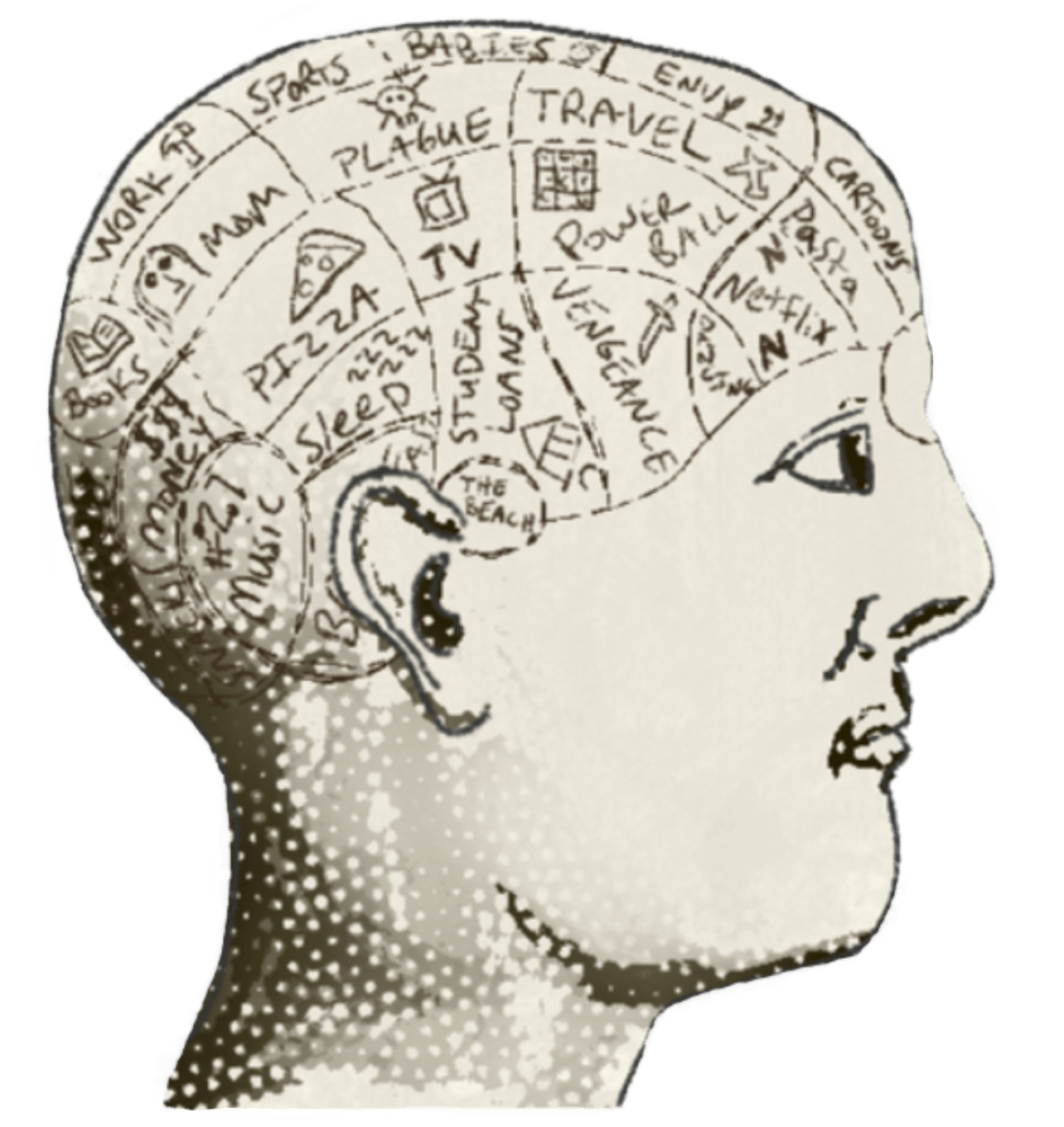Intentional Practice During a Crisis
The underlying structure of Intentional Practice (IP) can fit a multitude of situations, including the pandemic.
The Cycle of Intentional Practice includes four quadrants, all of which pose questions:
What impact do we want to achieve (the Plan quadrant)?
In what ways have we achieved our intended impact (the Evaluate quadrant)?
What have we learned and how can we do better (the Reflect quadrant)?
How do we align our actions to achieve impact (the Align quadrant)?
Impact Cycle, Randi Korn
IP concepts, questions, and processes were designed to help museums maximize their impact on the public (depicted in the center circle titled “Impact” — the engine that drives the museum’s work). Yet those concepts, questions, and processes can fit different conditions because the user is free to apply the core concepts as needed.
For example, you can consider those questions as an organization, a department or team, a department leader, a parent, or a college student. While I value all the quadrants and what they can offer organizations that want to achieve impact on audiences, perhaps most useful in today’s worrisome terrain is the Reflect quadrant.
Reflection, in the case of IP, is a deliberate action where one steps back from day-to-day activities to contemplate something specific. The reflection questions noted above (What have we learned and how can we do better?) presume an intent to improve. Thus, the deliberateness of reflection connects to the goal of IP: to advance one’s personal learning about that specific something, which in turn extends to one’s professional learning, and then when such learning is shared among colleagues, the learning spreads and the organization benefits.
What if we apply reflection and the presumption to improve as an opportunity to begin building a better version of ourselves (e.g., museums)?
Is this not an opportunity to begin thinking about a museum’s purpose?
Which elements of our museum’s “products” do we retain because they may continue to be relevant to our audiences in this evolving landscape? Which elements (dare I say) should we drop because they do not reflect the essence of who we can become?
How do we create new habits and ways of thinking?
What part of our mission should we sideline and what part should we bolster (or add) to reflect our evolving community situation?
And finally, all museums will need to face the “who” part of the equation—who in our community has the greatest need now? Museums cannot be all things to all people (one of IP’s core beliefs) and achieve impact. Now, more than ever, that core belief reverberates. Which one audience (yes, one) will you choose to serve now?
I have witnessed organizations wanting to conduct audience research when what they really needed was to look inward and ask themselves the tough questions first.
As difficult as internal reflections are, if not now, then when?
My love for museums runs deep; Museums have saved me many a time and afforded me an amazing career, and for that I am grateful. I am offering to any museum that would like to, an opportunity to explore the above questions (and many more) so we can work through the muddle together. Know that I do not have any answers! My hope: facilitate open conversations, ask questions, actively listen, and support your thinking in whatever future you outline for your museum.
As hard as it may be to contemplate the future with your colleagues, the ensuing debate and conversation may move the needle towards creating a deeply purposeful organization. Our work together will allow me to give back to a field that has given me so much.
If you would like to talk with me about the challenges your museum is facing or how your organization might apply intentional practice during the current crisis, email me at korn@rka-learnwithus.com.
Randi

